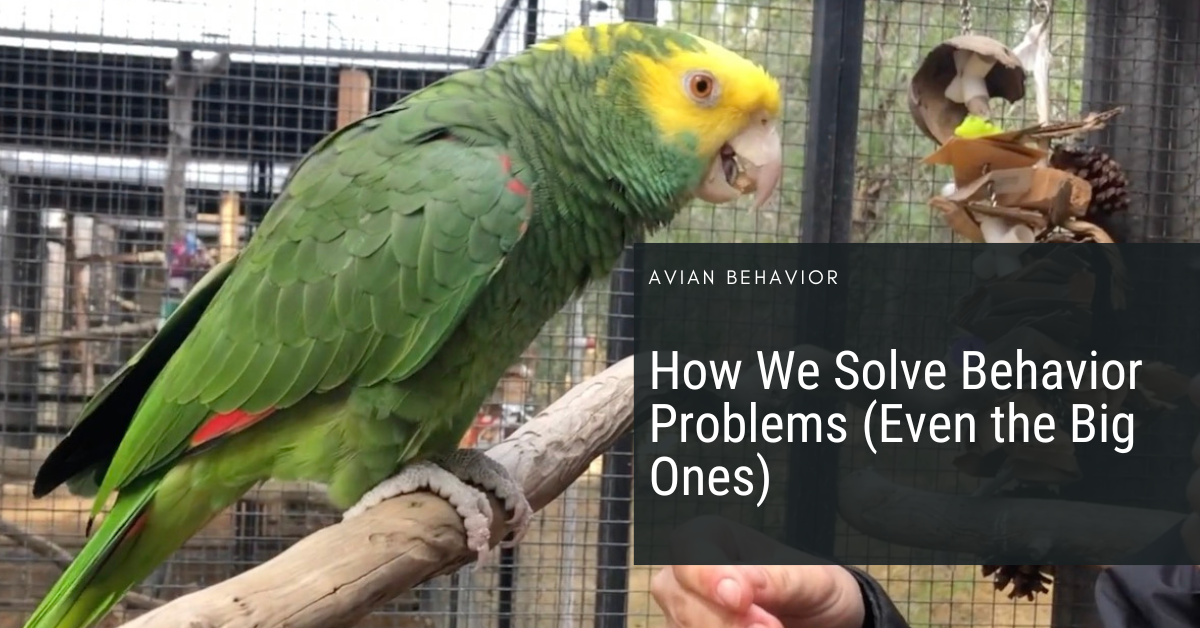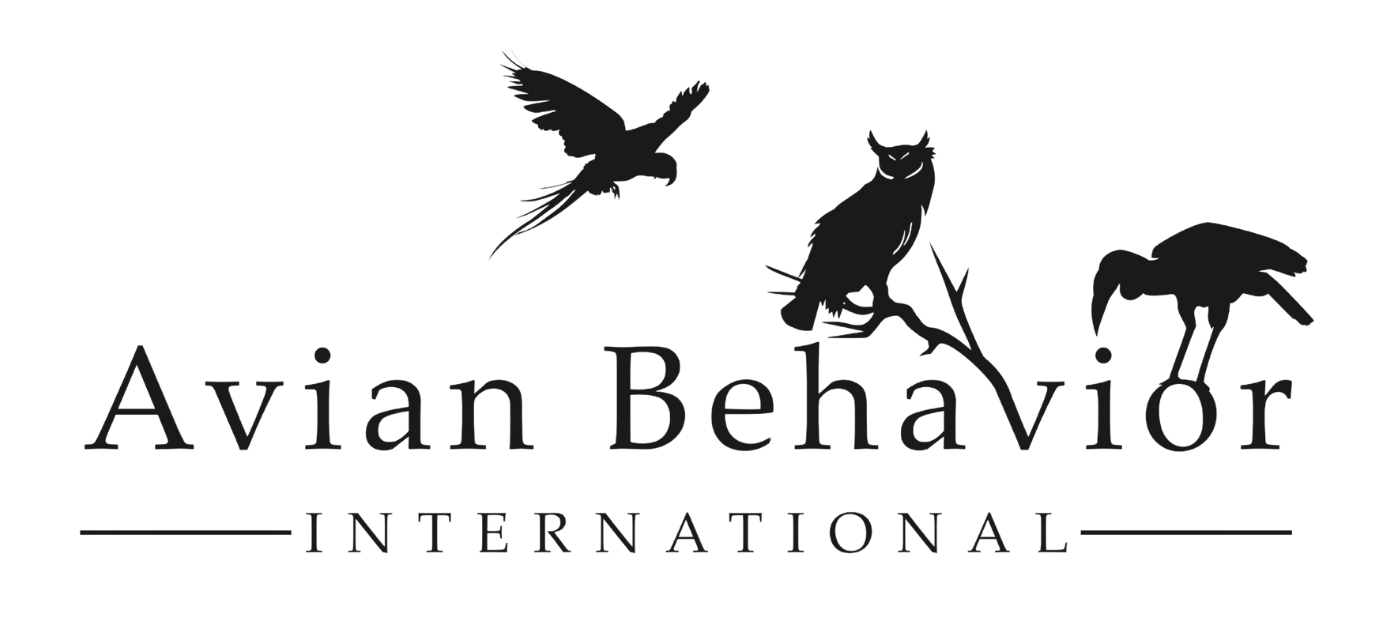
10 Jul How We Solve Behavior Problems (Even the Big Ones)
If you’ve ever looked at a tough behavior case and thought, “Where do I even begin?”—you’re not alone. I’ve been there, too. And not just with one species. I’m talking about cockatoos that scream sunrise to sunset. African greys with surgical bite precision. Raptors that shut down at the sight of a human.
There’s a pattern to these cases. A familiar overwhelm. And over the last decade at Avian Behavior, we’ve been refining a framework to walk people—and birds—through that. We call it the Problem Solving Paradigm.
This isn’t just about using positive reinforcement. It’s about stepping back and asking: what needs to be built? What are the contingencies the bird has learned? What skills are missing? And how do we change the conditions, not just react to the behavior?
Let me walk you through the three stages of the paradigm using a recent case with a yellow-naped Amazon parrot. This bird had begun to bite his caregiver regularly—and predictably. Sound familiar?
Stage 1: Prevention
When a behavior is intense, you don’t start by “fixing” it. You prevent the rehearsals. You take the air out of the balloon, so to speak.
For our Amazon, we made sure the caregiver didn’t have to push through biting to get the basic day done. That meant changing routines, adjusting access points, and, most importantly, reducing conflict. No more stacking reinforcement history in the wrong places.
This stage is not glamorous. It’s logistical. But it lays the foundation for every stage that follows. If you skip it, you’re stuck managing symptoms instead of solving the problem.
Stage 2: Build Replacement Skills
Here’s where it gets interesting. Once we’ve cleared enough space to breathe, we look at the behavior we do want. But it’s not just about inserting a new cue or redirecting. It’s about building skills that can actually serve both the bird and the human in the real-world conditions they live in. Think of it like a pie chart. The more skills your bird has that are mutually beneficial, the less time they have to engage in problem behaviors.
With our Amazon, that meant starting small—engagement behaviors that required less distance, less pressure, and no expectation of physical contact. We practiced creating reinforcement patterns where there had only been friction.
We looked at value. Not just for food, but for autonomy. For engagement. For clarity. It’s a two-way street.
Stage 3: Return to Function
This is the part most people want to rush to—but it only works if the first two stages are solid.
Now we start layering that replacement skill into the original context. In this case, the Amazon still needed to come out of his cage and be part of the family. But we weren’t just hoping he didn’t bite—we were replacing the function of the bite altogether.
What was that bite communicating? What contingency was it achieving? And could we meet that need with a more fluent behavior?
The answer was yes—but only because we did the work upstream.
Behavior Change Is Construction, Not Correction
That’s the heart of the paradigm. We’re not “correcting” bad behaviors. We don’t see problem behaviors as a one-to-one replacement of behaviors. We’re building systems that make the behavior we want easier, clearer, and more reinforcing for both parties.
It takes energy. Especially at the beginning. You’re laying new track, not just switching trains. But once you’re moving, everything gets easier.
If you want to dive into this process, the full course walks through the algorithm we’ve used in consultations and workshops for years. It’s pragmatic. It’s humane. And it works across species and experience levels.
Because when we stop managing behavior and start building it—we make room for both our birds and ourselves to grow.
Want to dive deeper into our problem solving paradigm? We have a deep dive course inside the Avian Behavior Lab. Join FREE for 2 weeks and you’ll also gain access to hundreds of hours of bird training and behavior courses and a supportive community!

